Miraculously Preserved Graffiti From Soldiers Appears to Depict Napoleon Being Hanged
English castles often carry more history than a book could. These buildings were once inhabited by people with fascinating stories to tell.
Some of those stories manifested in a series of etchings found on an English castle door in Dover. One of them depicted the hanging of a certain French emperor.
Etchings From Soldiers
More than 50 etchings were discovered on Dover Castle’s doors. They are thought to be the works of the soldiers on guard duty and living in the castle between 1789 and 1855.
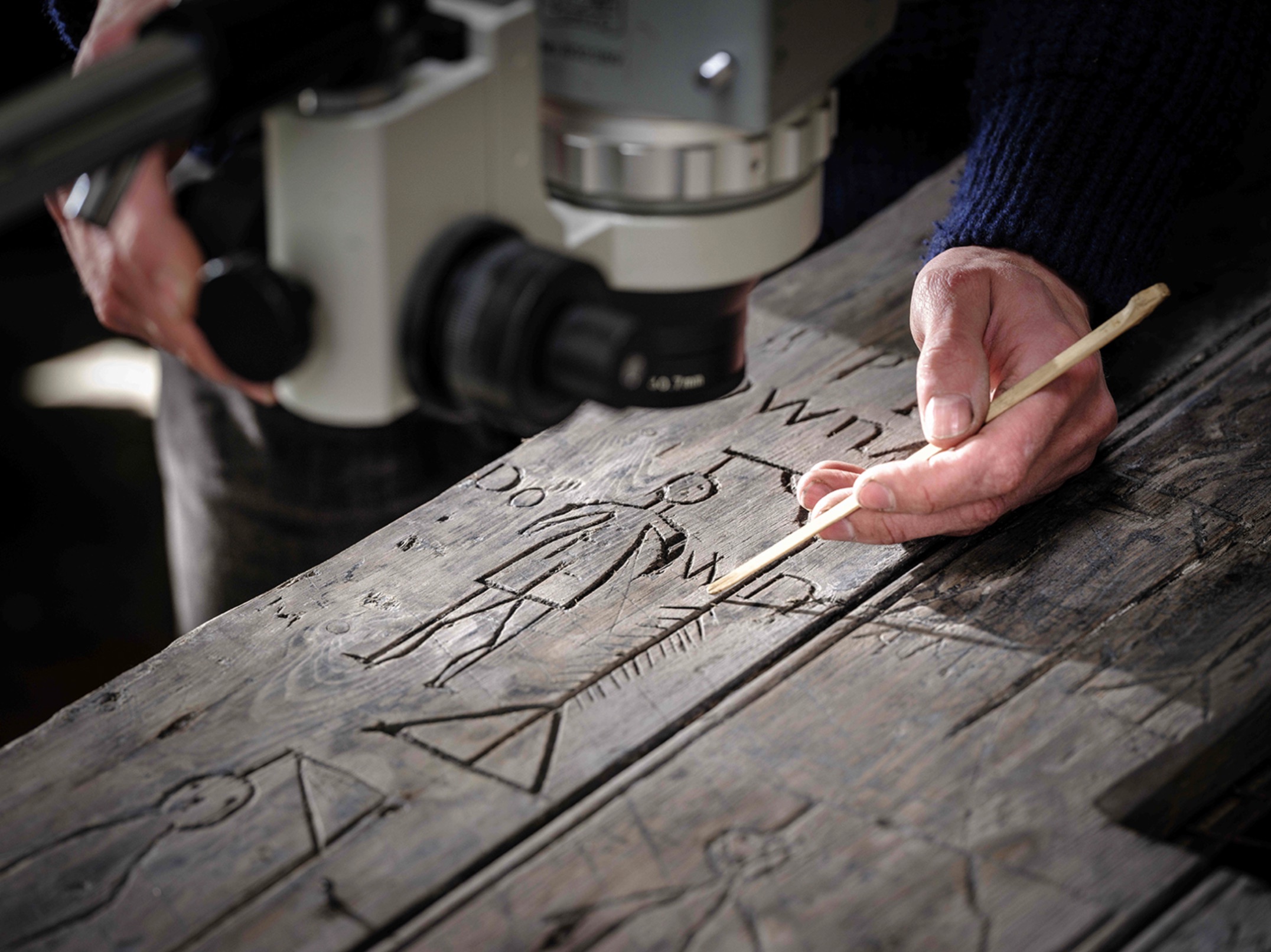
Source: English Heritage Website
The discovery of these etchings on the castle door in the southeast of England was announced by the charity organization English Heritage. The organization announced how the etchings have been “painstakingly conserved” to go on display in July.
From Medieval Castle to Modern Garrison
In the 1790s the castle was renovated to answer the threat of a Napoleonic invasion from France. It was transformed from an “aging medieval castle” to a “modern military garrison.”
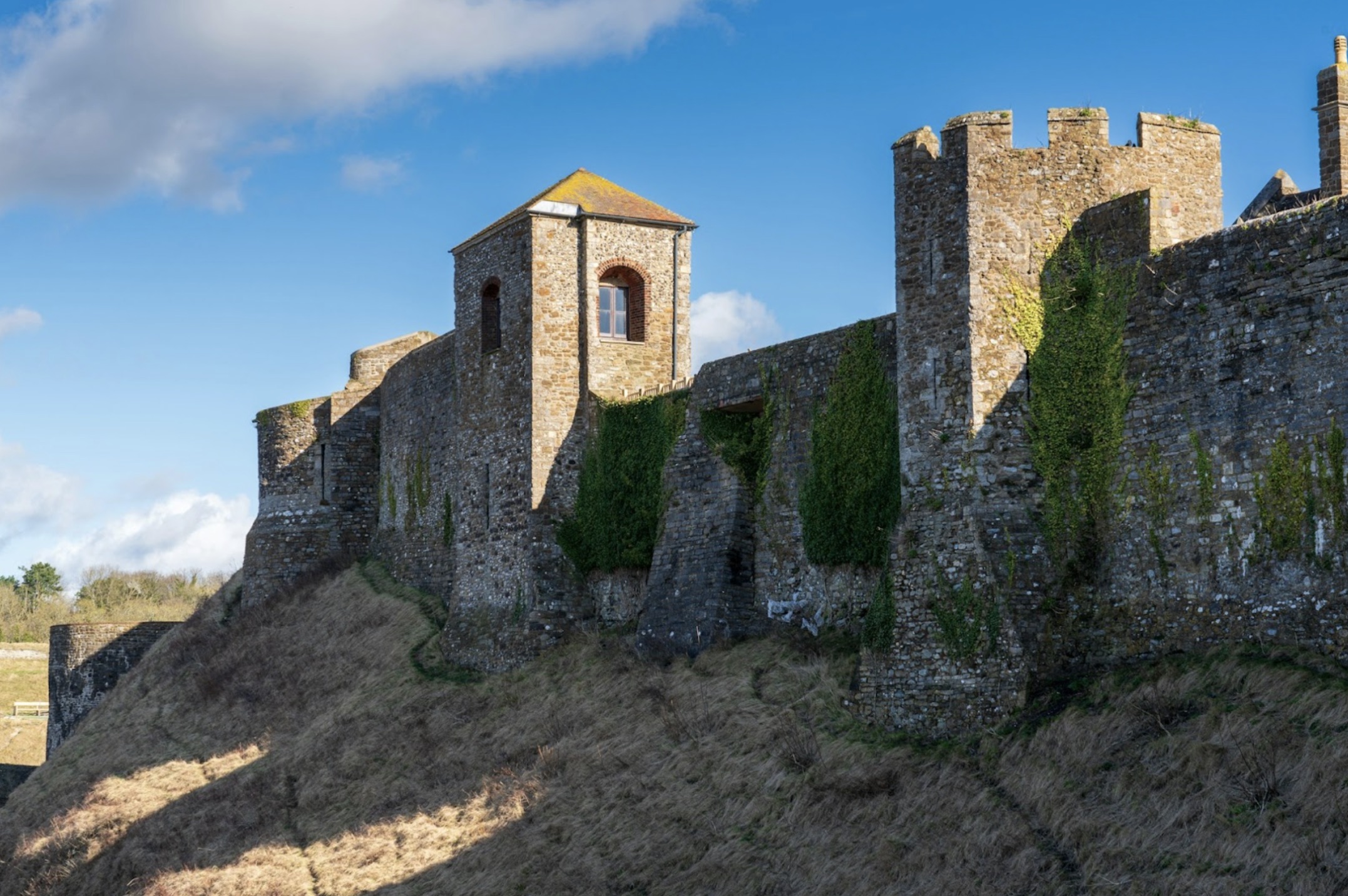
Source: Tomasz Zielonka/Unsplash
As a garrison, thousands of soldiers were brought in. Six to 12 men would guard St. John’s tower, where the door was located, in the castle’s great outer ditch.
A Way to Kill Time
The soldiers, while on duty, might have gotten bored, the English Heritage speculated, and so they tried to kill time by using their “questionable artistic talents.”
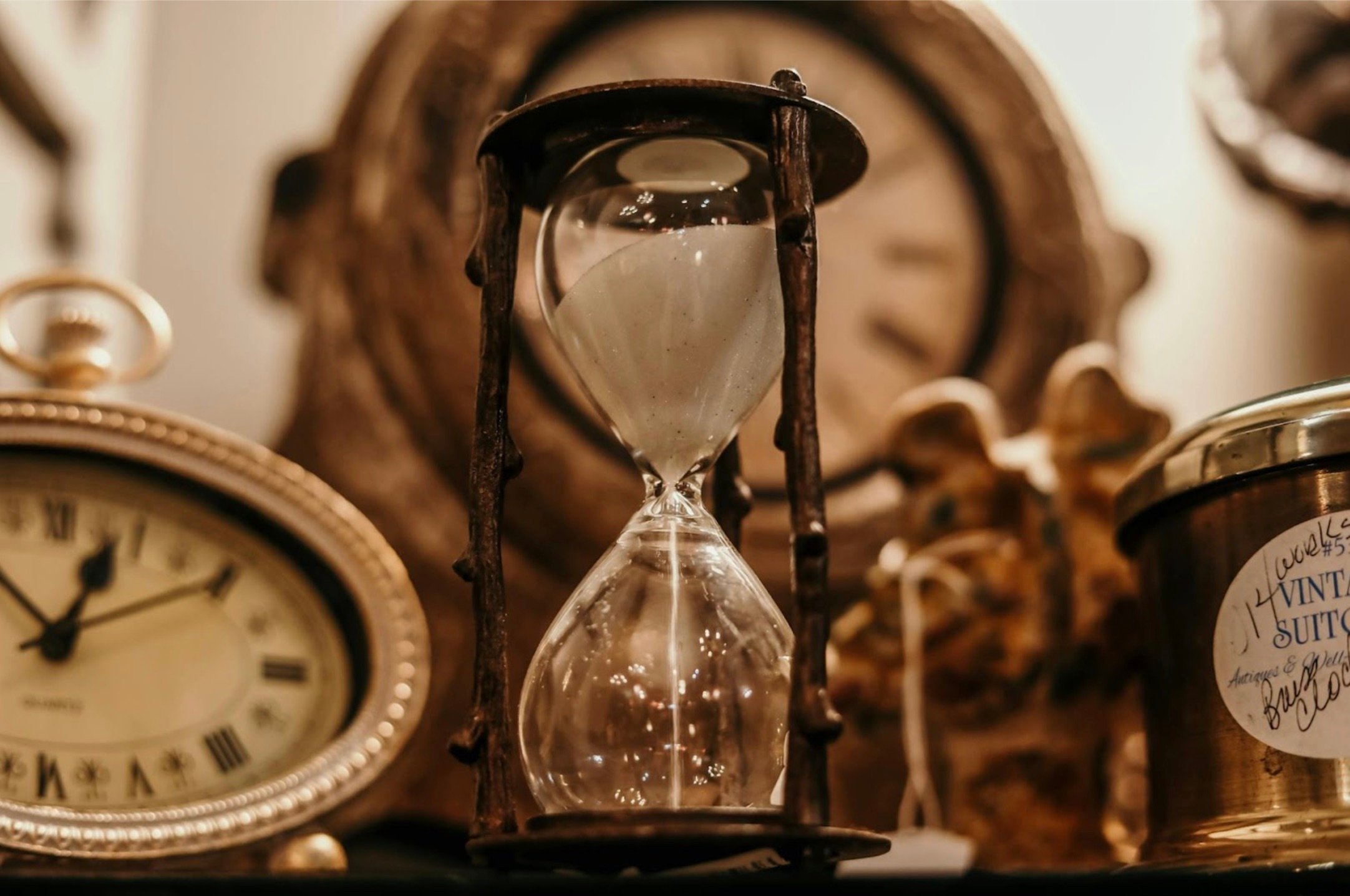
Source: Jordan Benton/Pexels
They might have whittled into the door and created the unconventional artwork using their own weapons. Knives or bayonets were their likely whittling tools.
Hanging Illustrations
Reportedly, there are a minimum of nine illustrations on the door of people being hanged. The somewhat macabre illustrations included one that might have been Napoleon Bonaparte himself.
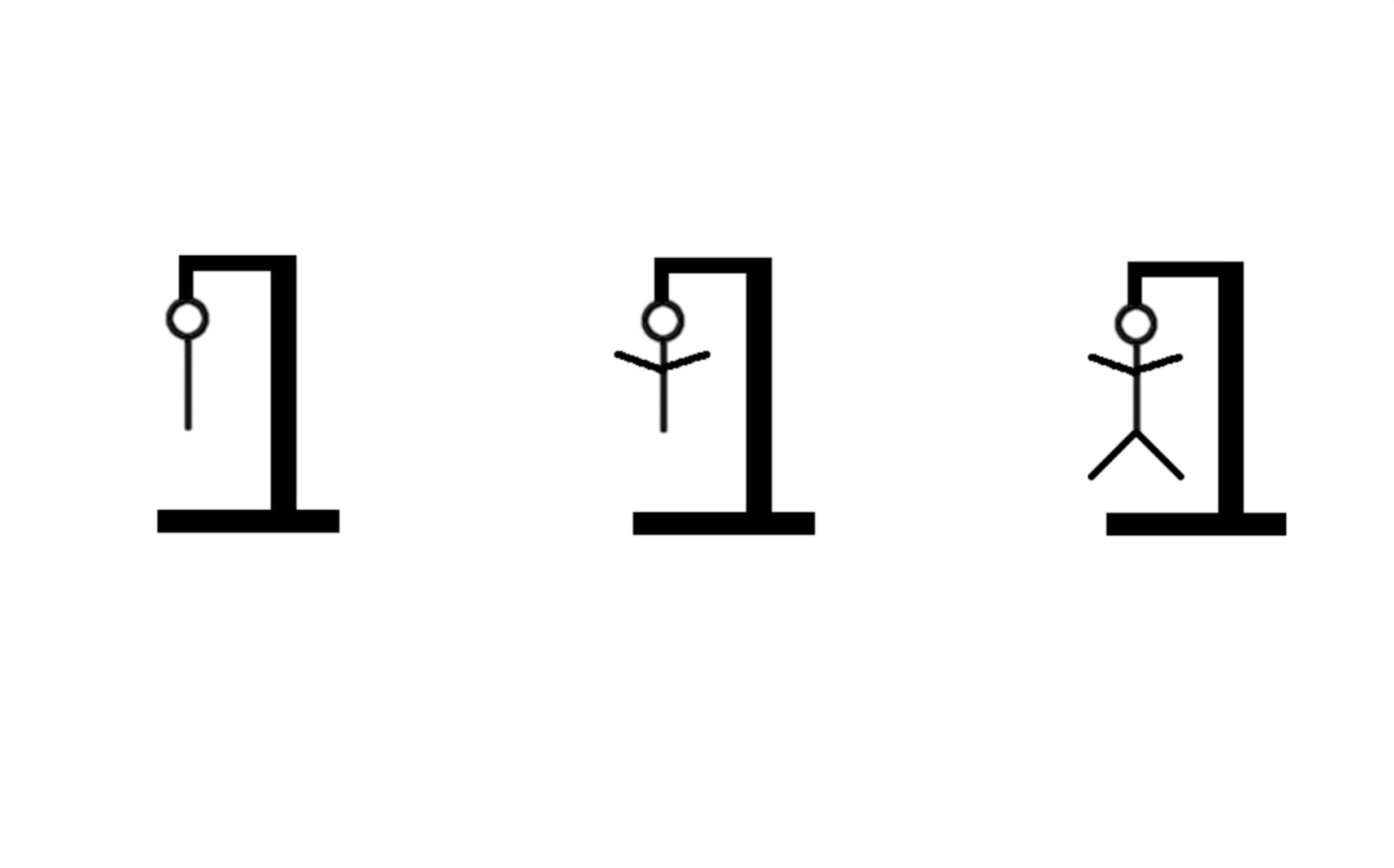
Source: en:User:Demi/Wikimedia Commons
While there was no identifier for the hanged French emperor, the etching showed a hanging man wearing a military uniform and a bicorn hat. This was thought to likely be Napoleon, a threat to England at the time.
The Napoleon Impact
War was clearly in these soldiers’ minds. It was, after all, the times of the Napoleonic Wars. After Napoleon declared himself emperor of France in 1804 and rose to prominence as a military leader and ruler, he waged wars against many of the European powers of the era.
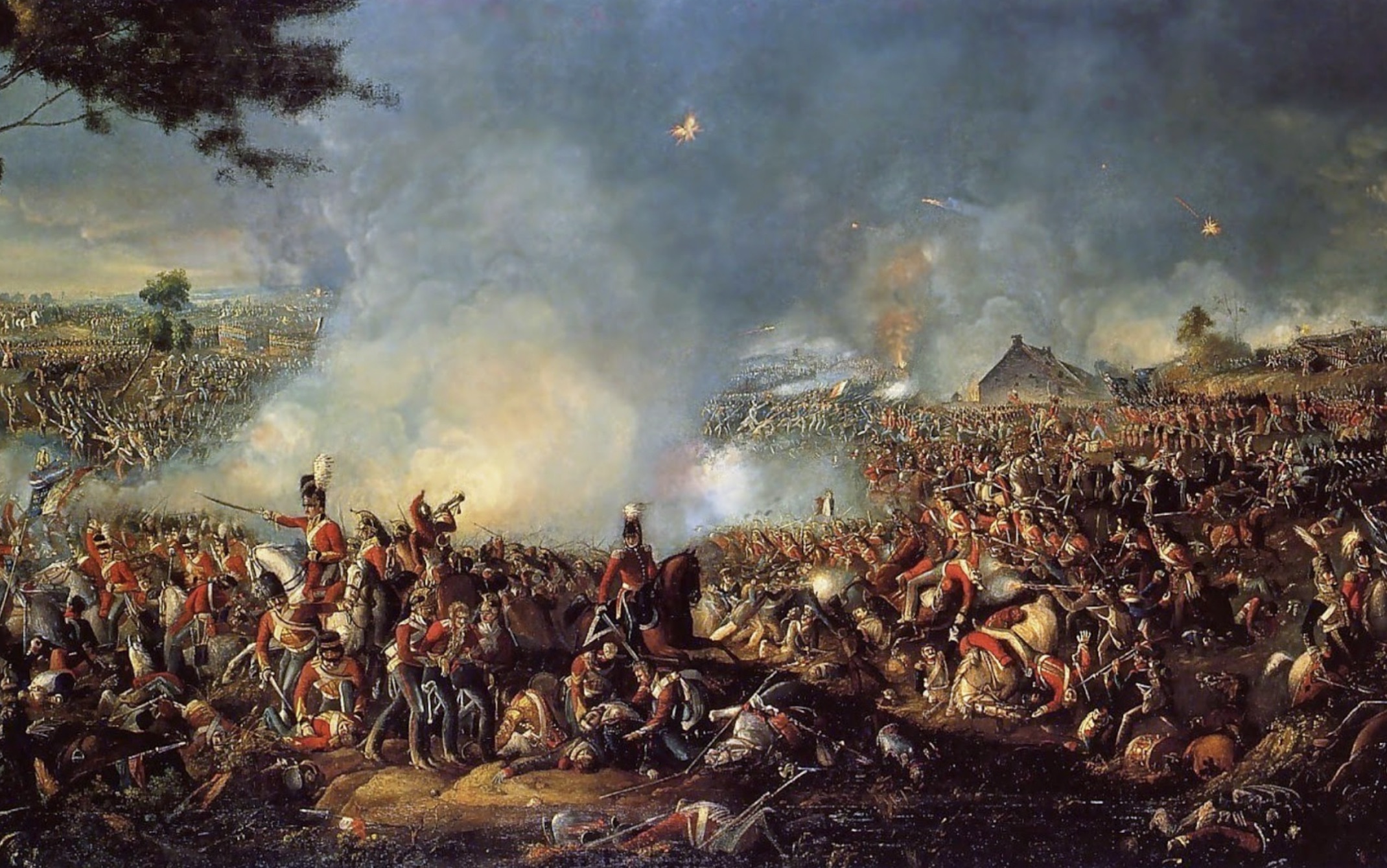
Source: William Sadler/Napoleon.org.pl/Pyms Gallery London/Wikimedia Commons
He was defeated by the Brits at the Battle of Waterloo in 1815. Then, he abdicated and was exiled to St. Helena, a remote island in the South Atlantic, and passed away there in 1821.
Random Themes in the Etchings
The “hanged Napoleon” is not the only theme among the etchings. Sailing and religion are also among them. One carving showed a single-masted sailing ship. This was likely to be an 8 Gun cutter, a fast vessel used by the Royal Navy, revenue service, smugglers and privateers.
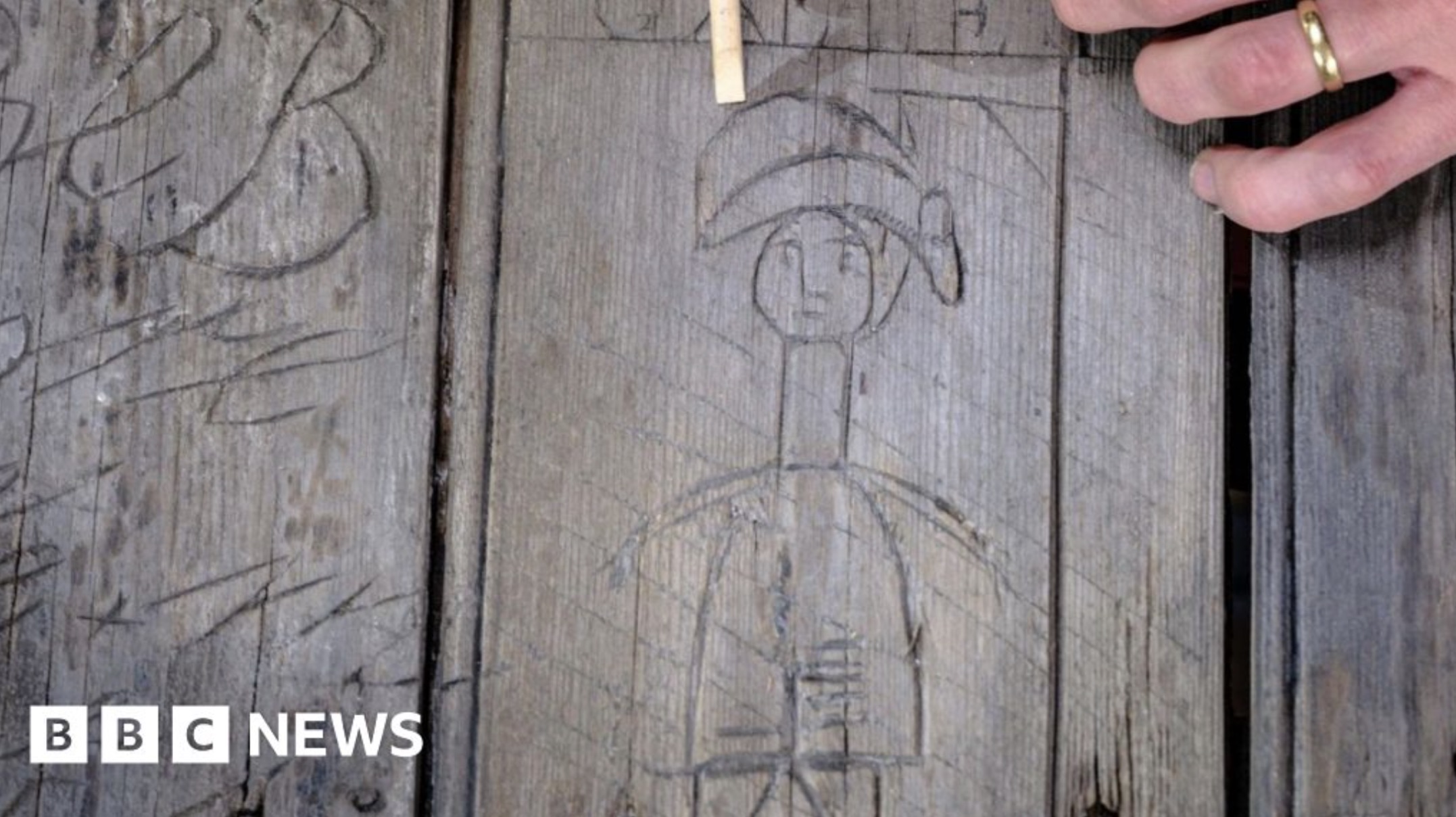
Source: HistoryGuy_/BBC News/X
Another etching showed a chalice of wine with a complicated cross design. The English Heritage assumed this might have been a “representation of Christian holy communion.”
Graffiti of Names and Dates
The graffiti found also featured some writing. Some last names were found (last names Downam and Hopper/Hooper), as well as many sets of initials.
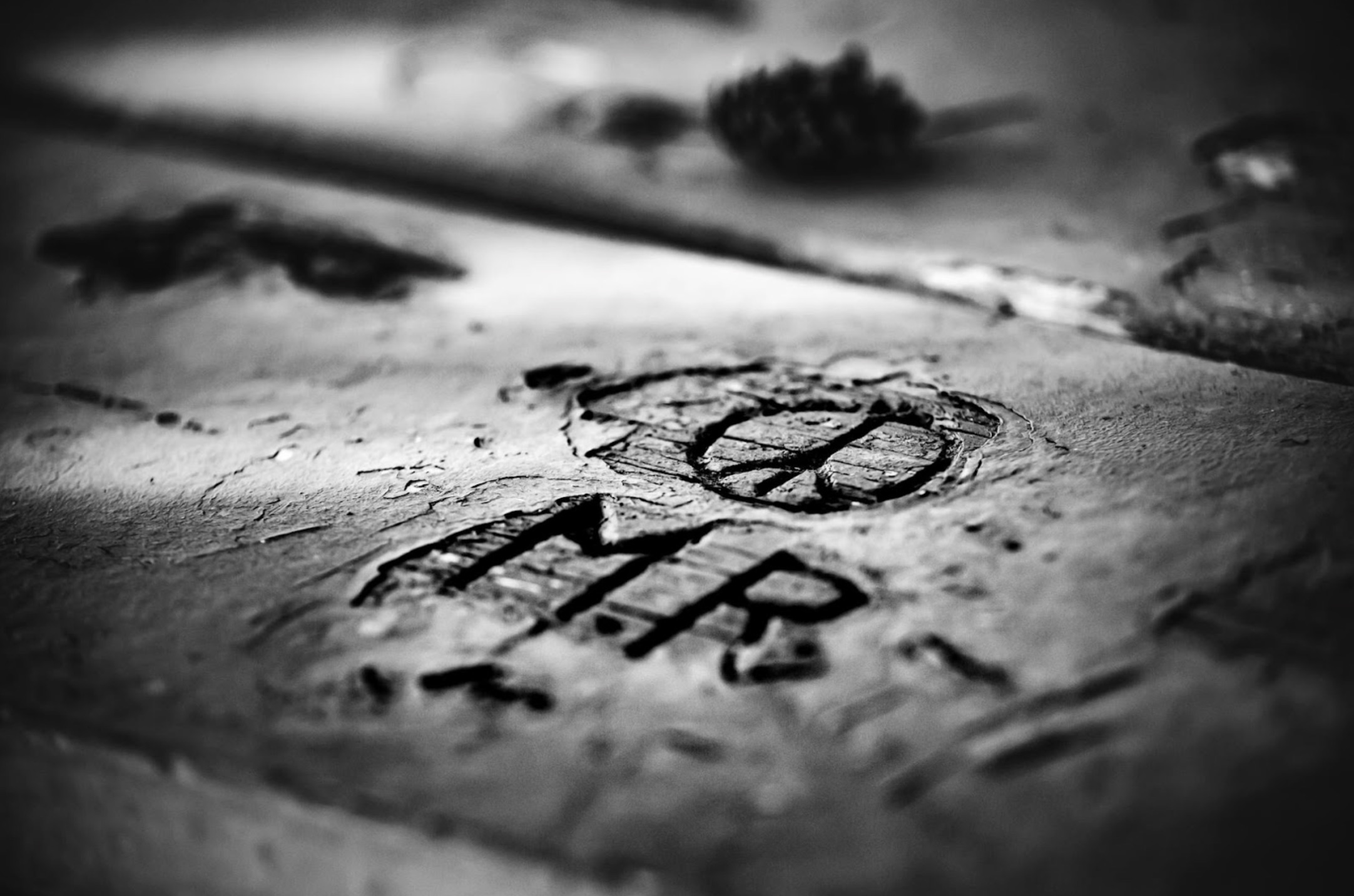
Source: Sides Imagery/Pexels
Three dates were also carved on the door. The first, 1789, would be the year of the French Revolution. Then there was 1798, which indicated a period of rebuilding in Dover Castle. Lastly, there was 1855, the year changes were planned to St. John’s Tower.
A Glimpse Into the Minds of Soldiers
Paul Pattison, the English Heritage’s senior properties historian, said the discovery was astonishing because it gave a “unique glimpse into the minds of these soldiers.”
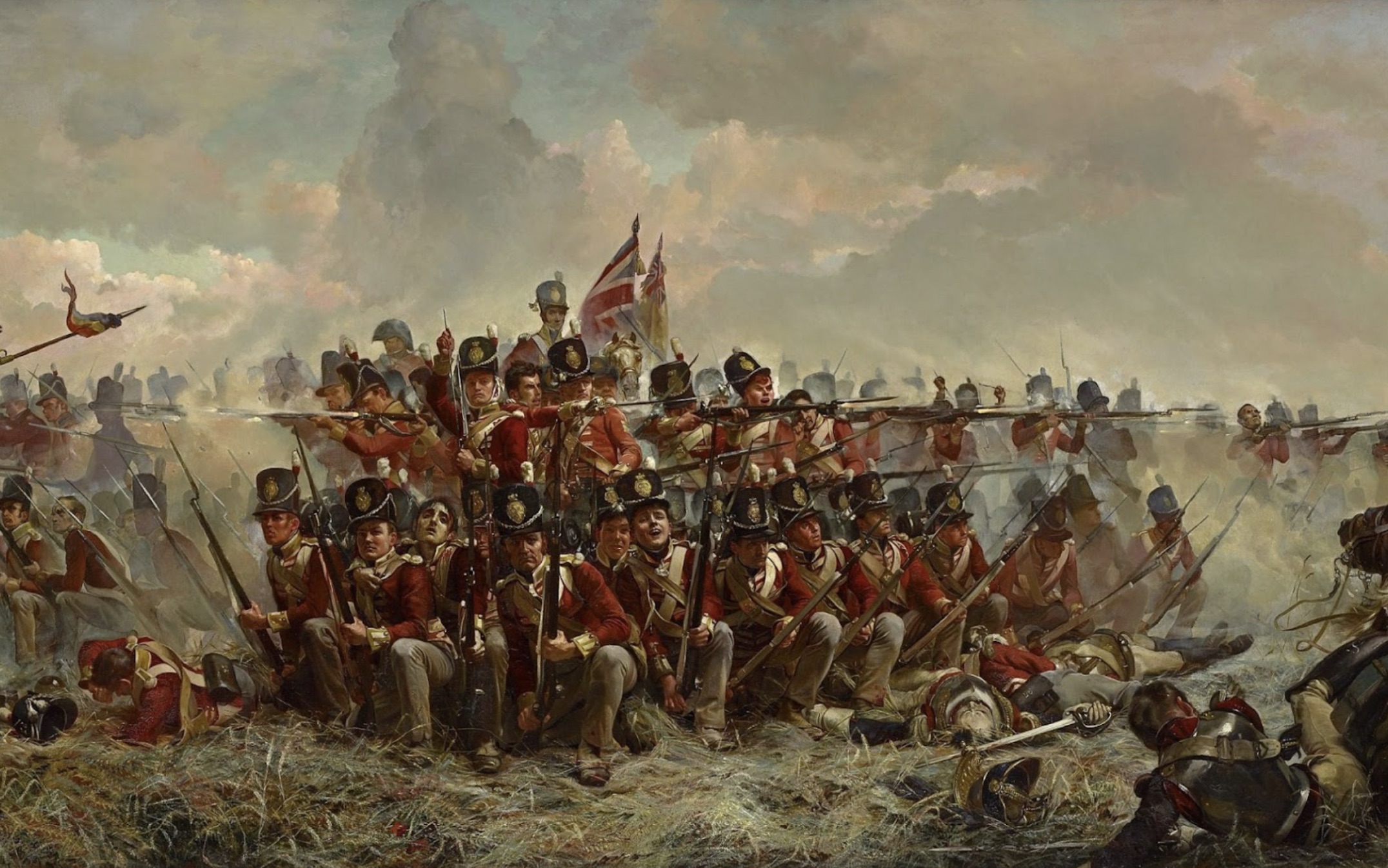
Source: Elizabeth Thompson/19th Century European Paintings Gallery/Wikimedia Commons
According to him, Dover was a busy place at the time. Ships filled the harbor under the threat of war. But war was not what made the etchings special.
Making Their Mark
What makes it special is because these were the works of ordinary people — soldiers who were just doing their jobs.

Source: cottonbro studio/Pexels
“What makes this door such an extraordinary object is that it is a rare and precious example of the ordinary people making their mark,” Pattison elaborated, “whether that be simply for the purpose of killing time or wanting to be remembered.”
Under the Layers of Paint
Pattison and the senior properties curator, Roy Porter, had to climb to the top of the tower before they spotted the door. And the graffiti was not immediately visible until layers of paint were removed.
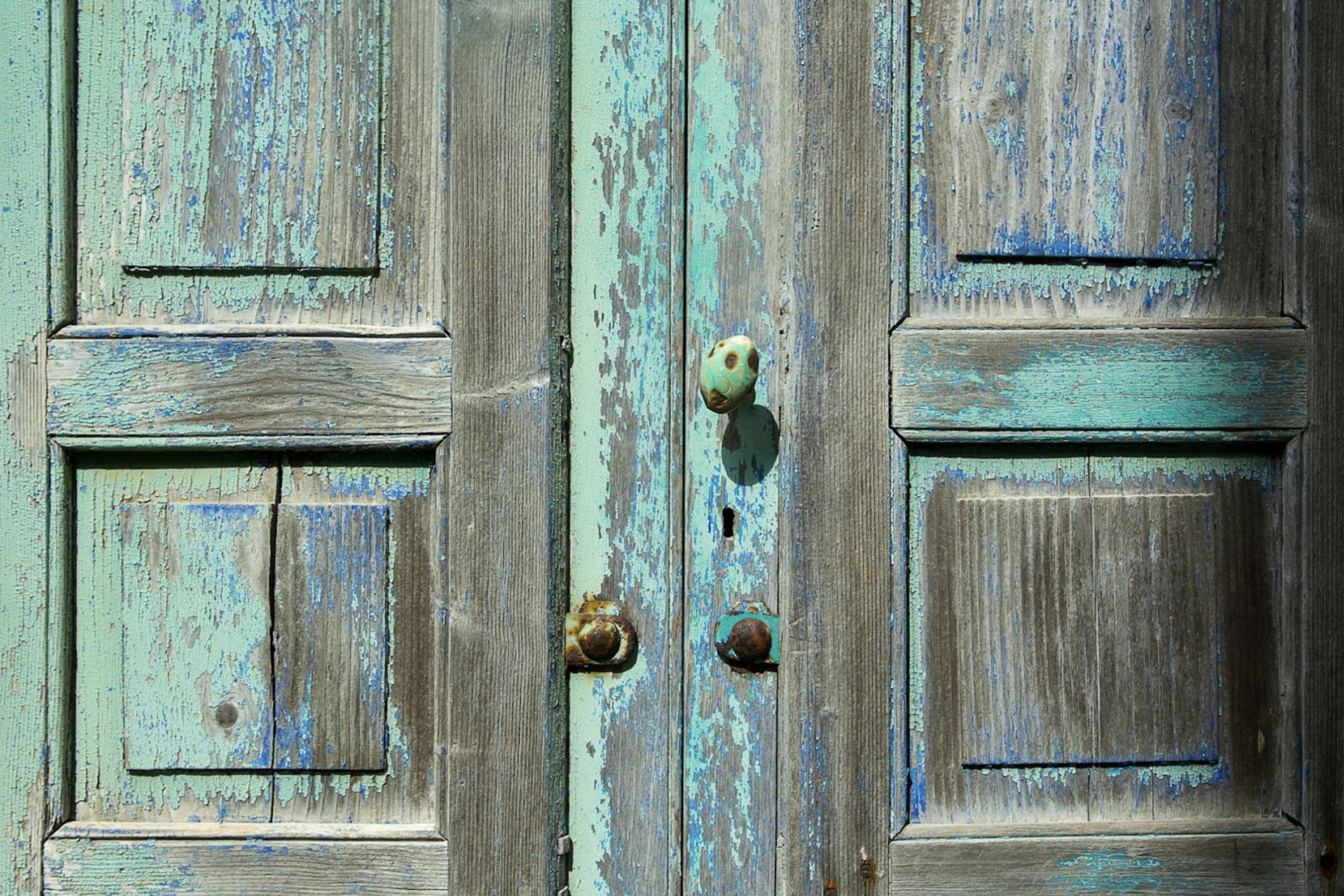
Source: Jan van der Wolf/Pexels
The tower’s upper floors are in ruins. For more than 100 years, the tower has been impossible to access without climbing a ladder to the base of a spiral staircase. That’s why the discovery is exciting, as it took a lot of work to find the graffiti.
Going on Exhibition
The door will now go on exhibition. It will be displayed at Dover Castle in July as a part of an immersive experience for visitors titled “Dover Castle Under Siege.”
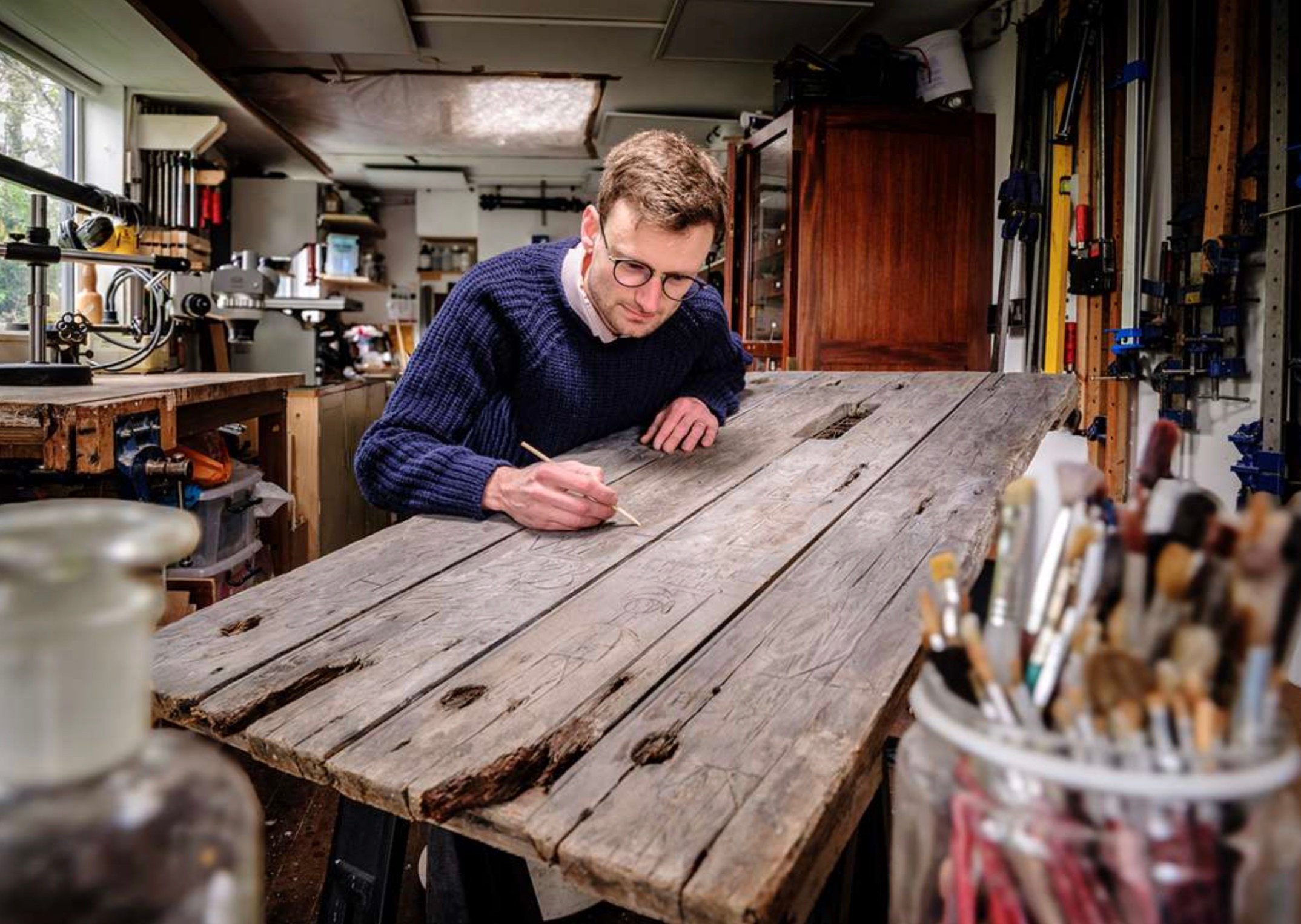
Source: English Heritage Website
Dover Castle is in good company, though. Other English Heritage sites also feature discovered graffiti on the surfaces. Richmond Castle, Audley End House in Essex and Deal Castle in Kent are among the sites that have prominent graffiti in them.
